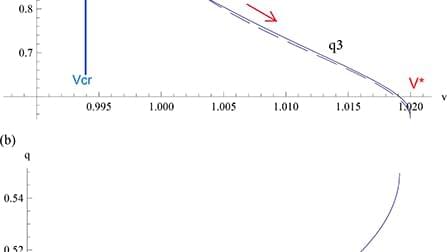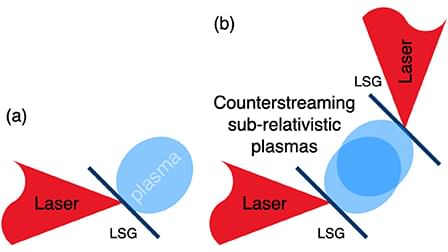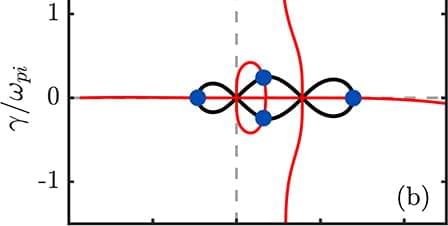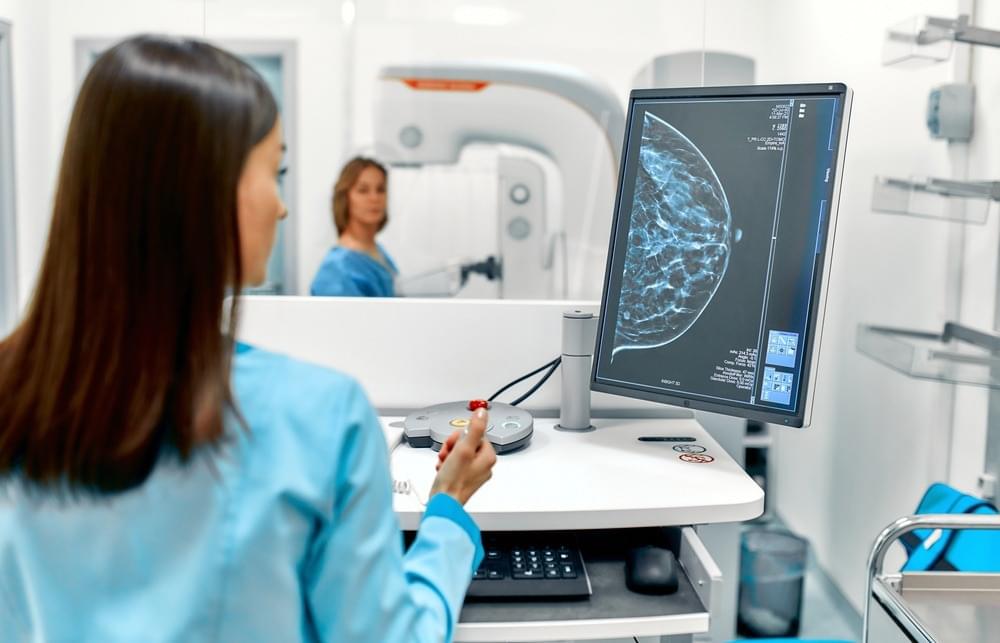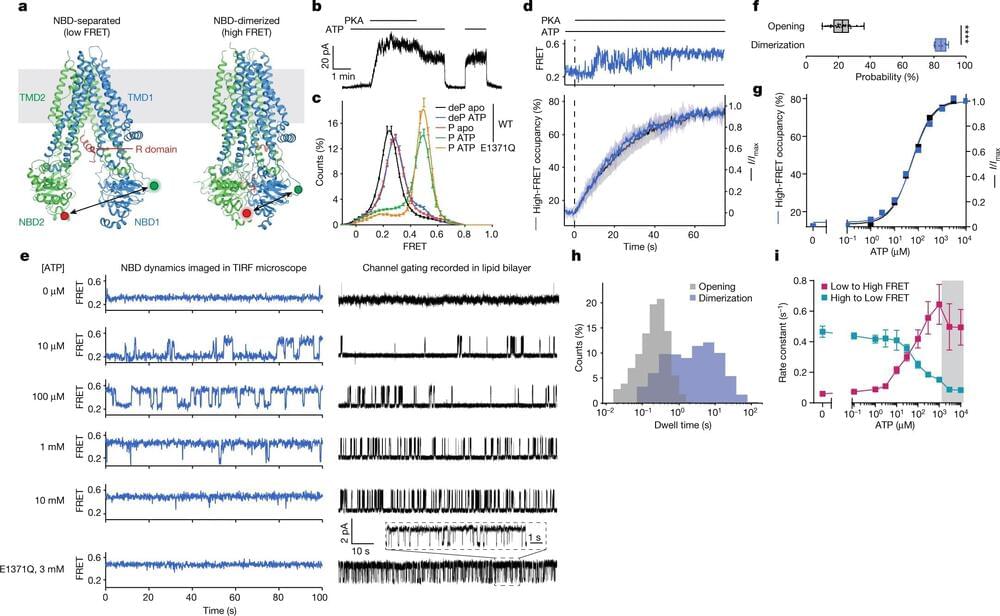It is well-known that an ordinary high frequency electromagnetic (EM) wave radiated into the ionosphere at the Spitze angle is totally transformed at the reflection height (z0) into the Z-mode. This mode, in turn, penetrates deeper into the ionosphere and it is reflected at some height (zref) usually significantly higher than the O-mode reflection height. This result is reconsidered in the present paper. It is argued that the wave appearing as a continuation of the propagating upward quasi-electrostatic wave changes the direction of motion along the vertical axis slightly above z0 and takes the form of the down-going wave. This wave is excited in the vicinity of the height z0 due to the phase resonance with the up-going O-mode wave which transforms into the Z-mode propagating upward. Thus, the ionospheric window is not totally transparent for the O-mode radiated at the Spitze angle. The up-going O-mode wave loses some part of its energy due to excitation of the down-going EM wave. This wave, in turn, propagates to the ground as the O-mode wave.
